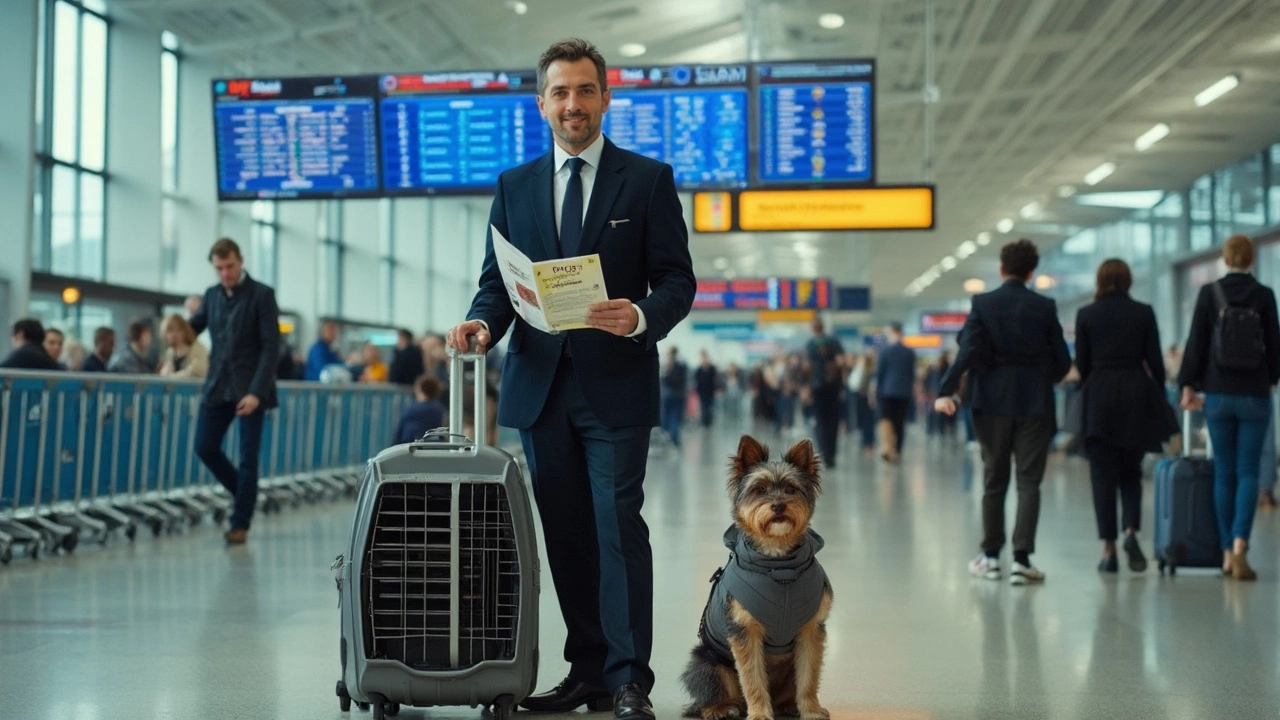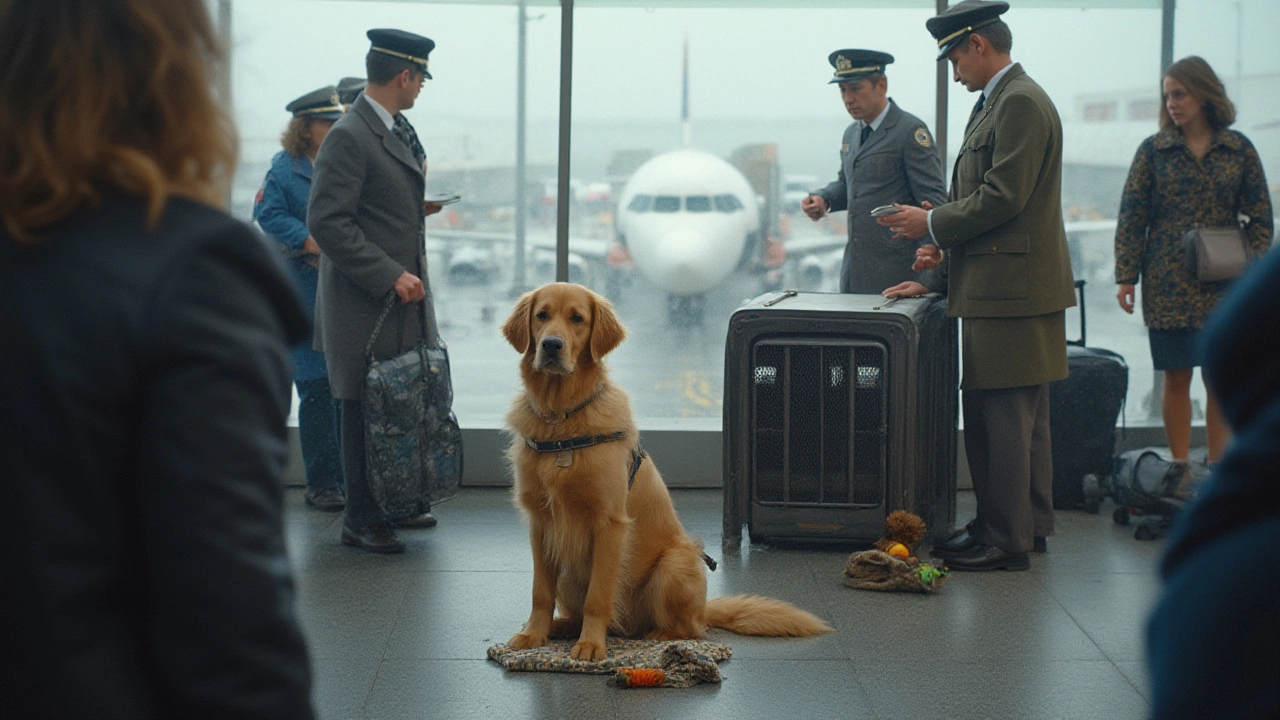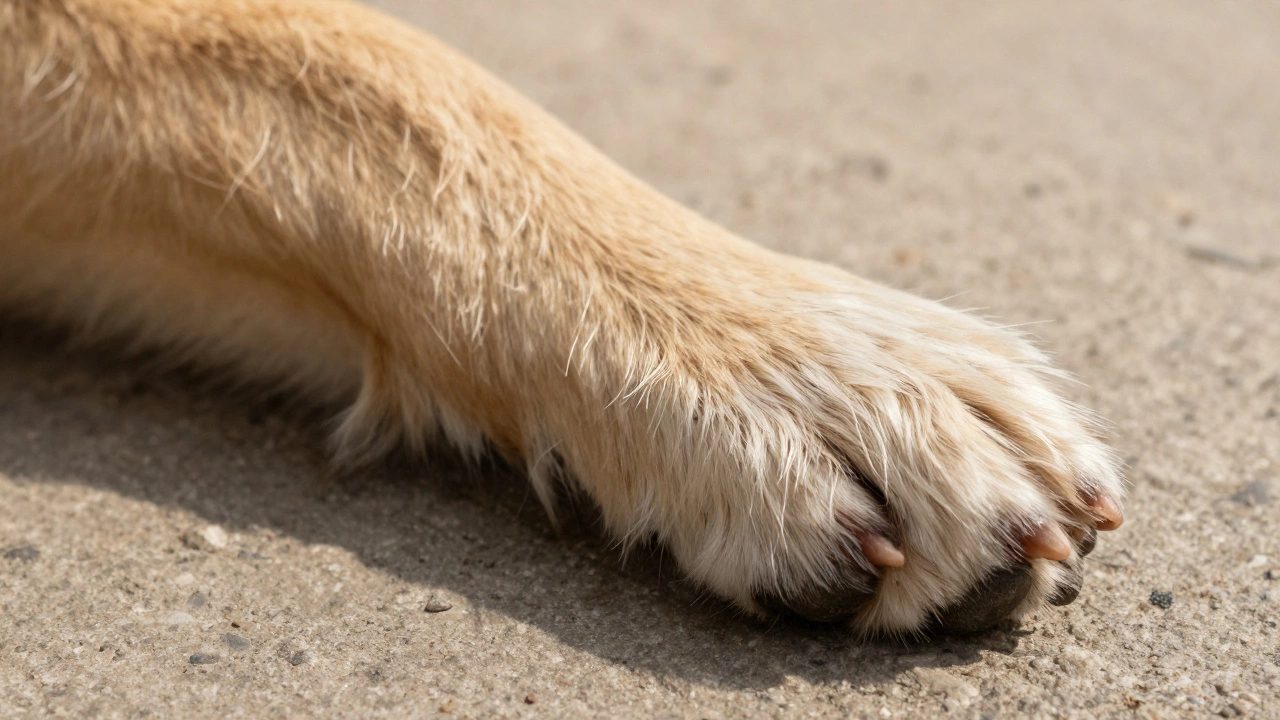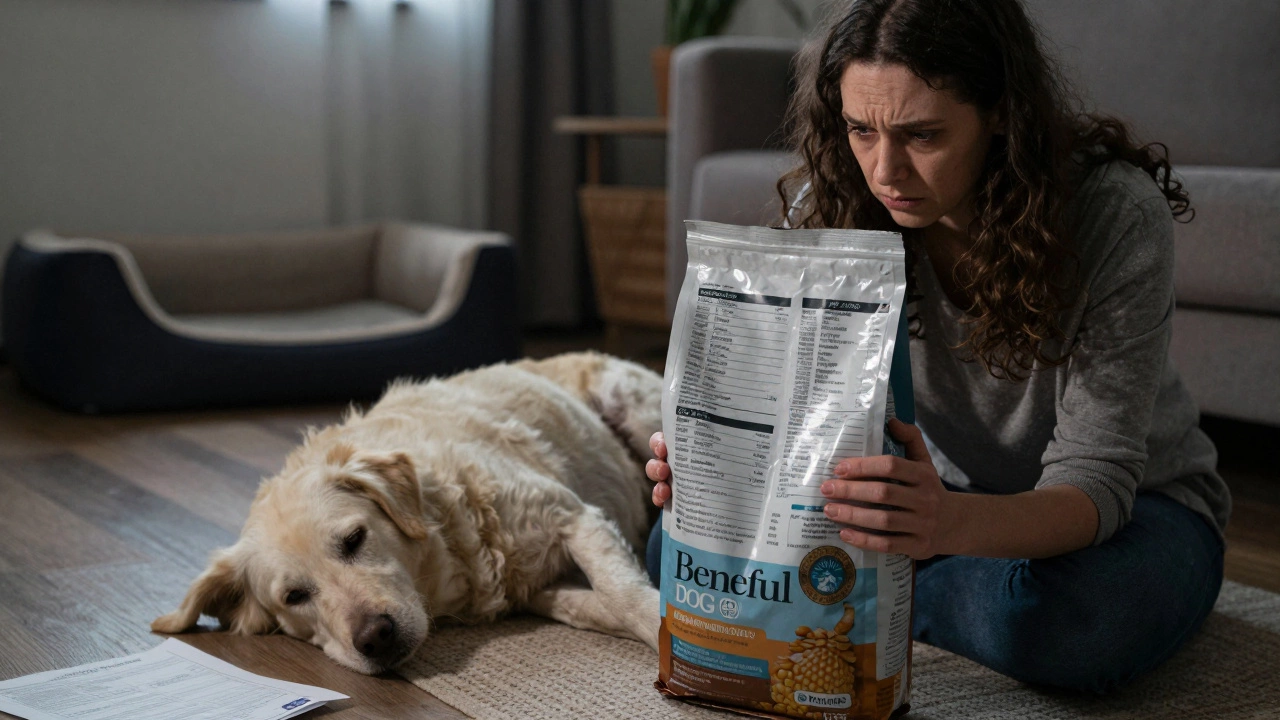If you’re flying with your pet, figuring out the right carrier size is a headache most folks run into. The last thing anyone wants is to get to the airport and find out their carrier is an inch too big. Airlines don’t make it easy, either—there’s no universal answer. Instead, each airline has its own maximum size limit for in-cabin pet carriers, based mostly on how much space is under the seat in front of you.
Most big airlines in the US cap in-cabin soft-sided carrier size around 18" x 11" x 11" (that’s length, width, height). Southwest likes a max of 18.5" x 8.5" x 13.5". Delta? They go for 18" x 11" x 11". If you’ve got an international flight, double-check with the airline directly—sometimes even the same airline changes the dimensions depending on the plane model.
You want a soft-sided carrier because it “squishes” a bit to fit under the seat. Hard cases really only work in cargo, and those rules are a whole other beast.
- Why Carrier Size Matters
- Airline Policies and Dimensions
- Picking the Right Carrier
- Tips for Stress-Free Pet Travel
Why Carrier Size Matters
The size of your pet carrier isn’t just a detail; it’s the deal-breaker between a smooth check-in and getting turned away at the airport. Airlines set carrier limits for one main reason: safety and comfort for everyone onboard, including your pet. That magic number for carrier size comes down to whether it’ll slide under the seat in front of you. Anything bigger, and it simply won’t fit—and airline staff really do check.
The American Veterinary Medical Association says, “Pets must be able to stand up, turn around, and lie down comfortably inside their carrier for in-cabin air travel.” If your furry buddy can’t do that, the carrier’s either too small or your pet is just too big for in-cabin. Don’t try to squeeze in pets—the airlines will refuse them if they look cramped.
"On most airlines, the pet carrier counts as your carry-on item, so its size matters as much as your own suitcase." — ASPCA Pet Travel Tips
Most airlines check three things: the carrier’s length, width, and height. Go over in any one direction, and you’re out of luck. It gets even trickier since aisle seats sometimes have less under-seat space than window or middle seats.
Here’s a quick table showing typical maximum carrier sizes for major U.S. airlines (all in inches):
| Airline | Max Length | Max Width | Max Height |
|---|---|---|---|
| American Airlines | 18 | 11 | 11 |
| Delta | 18 | 11 | 11 |
| United | 18 | 11 | 11 |
| Southwest | 18.5 | 8.5 | 13.5 |
So why obsess over the largest pet carrier allowed on a plane? Simple: the more room in the carrier, the more relaxed and happier your pet. But every extra inch counts against you if it won’t fit under the seat. If you choose the right size, your pet can stretch out and settle in for the flight so you both avoid drama at the gate.
Airline Policies and Dimensions
The rules about bringing your pet in the cabin? Honestly, they’re all over the place. Airlines set their own standards, which means what works for Delta might not fly on American or United. Here’s the deal—airlines almost always care about one thing: your carrier needs to fit under the seat in front of you and let your pet turn around comfortably inside.
You’ll notice almost every major airline lists a maximum size for both soft and hard-sided carriers, but the limits can change with the model of the plane, route, and even between domestic or international flights. To spare you the digging, check out these up-to-date airline rules for in-cabin carrier sizes:
| Airline | Max Soft-Sided Carrier Size (inches) | Max Hard-Sided Carrier Size (inches) |
|---|---|---|
| Delta | 18 x 11 x 11 | 17 x 12 x 7.5 |
| American Airlines | 18 x 11 x 11 | 19 x 13 x 9 |
| United Airlines | 18 x 11 x 11 | 17.5 x 12 x 7.5 |
| Southwest | 18.5 x 8.5 x 13.5 | — |
| JetBlue | 17 x 12.5 x 8.5 | — |
| Alaska Airlines | 17 x 11 x 9.5 | 17 x 11 x 7.5 |
And here’s a not-so-fun surprise: seat clearance sometimes changes if you’ve booked a window or aisle. On some planes, exit-row and bulkhead seats don’t allow pets under any circumstances. Moral of the story? Always check your exact flight before you go carrier shopping.
- The largest pet carrier allowed is almost always for soft-sided styles since they flex a bit under the seat.
- Some airlines won’t let you reserve a seat until you confirm you’re bringing a pet onboard.
- Typical in-cabin pet weight limits hover around 15-20 lbs, carrier included.
- Carriers must be leak-proof and ventilated on two or more sides or airlines will turn you away at check-in.
One more thing: traveling abroad? Some international airlines are even stricter, with smaller size caps and sometimes even bans on in-cabin pets. Double-check your airline’s rules for both legs of your trip, or you could end up with a very stressful surprise.
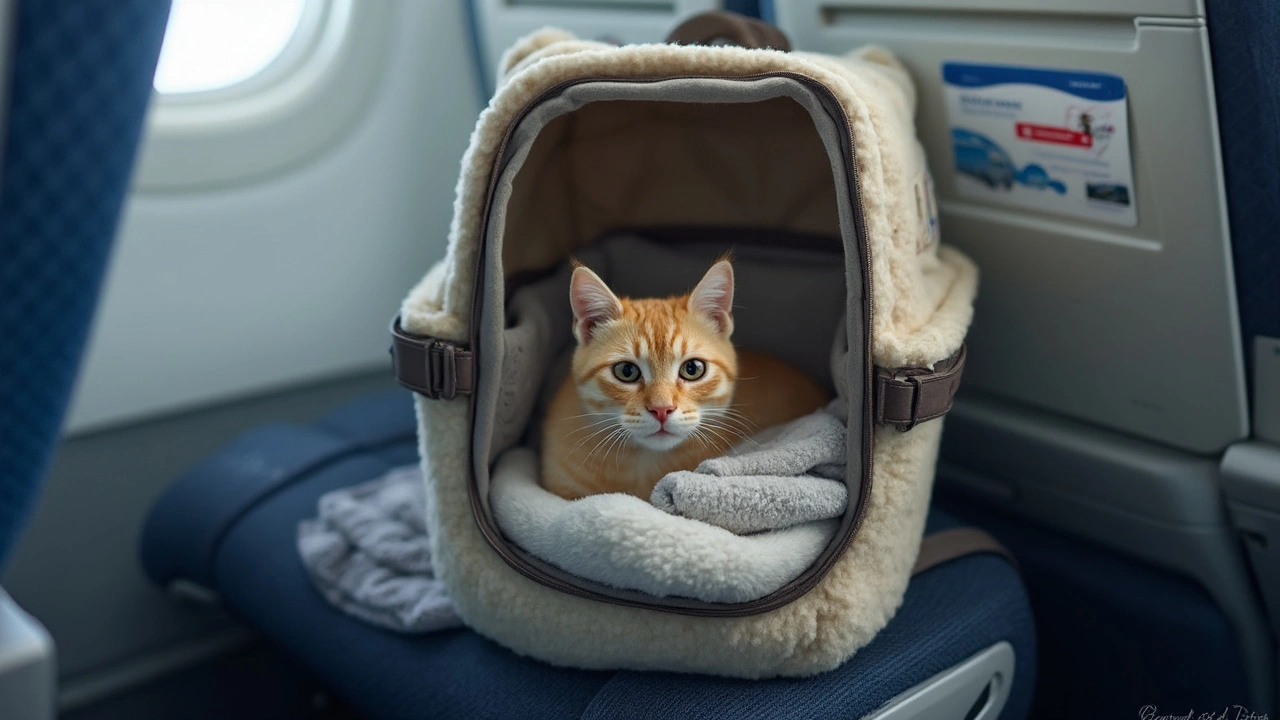
Picking the Right Carrier
The moment you start looking for a pet carrier, you’ll notice a huge variety—some cheap and flimsy, others downright pricey. But for air travel, not just any carrier will do. The real trick is to make sure your carrier meets airline rules and keeps your pet safe and comfy. Airline websites give the biggest allowed measurements, but that doesn’t always mean your exact model will fit perfectly. When in doubt, actually measure your bag when it’s loaded. That’s what gate agents check.
Here’s what really matters:
- Get a largest pet carrier that fits under the seat, not just any bag labeled “airline approved”.
- Soft-sided carriers work better than hard-shell ones for in-cabin travel, since they’re a little flexible in tight spots.
- Make sure there’s enough ventilation (mesh panels are a must).
- Your pet should be able to turn around and lie down inside without being jammed up to the walls.
- Most airlines recommend puppies or kittens be at least 8 weeks old to fly in-cabin.
Curious what the best-selling options actually are? Here’s a quick table comparing three popular brands that pet owners swear by:
| Brand & Model | Dimensions (inches) | Weight Limit | Extra Features |
|---|---|---|---|
| Sherpa Original Deluxe | 17 x 11 x 10.5 | 16 lbs | Wire frame, mesh sides, seatbelt strap |
| Sleepypod Air | 22 x 10.5 x 10 | 18 lbs | Compresses to fit, padded interior, plush bedding |
| AmazonBasics Soft-Sided | 19.7 x 10.2 x 11.2 | 16 lbs | Spring wire frame, affordable, easy carry handles |
If you’re shopping last minute, avoid knockoff brands that just throw “meets airline rules” in the product title. I’ve seen people get stopped at the gate because the carrier was half an inch too tall or didn’t close properly. Bring a tape measure if you’re buying in person. Some stores have a sample “airplane seat frame” so you can check the fit.
And a quick hack—from experience, It’s smart to bring a puppy pad and a favorite chew toy. The pad keeps accidents in check, and the toy keeps them calm. Most pets handle flights well as long as they’re cozy and can see you through the mesh.
Tips for Stress-Free Pet Travel
Getting ready for a flight with your pet starts long before you show up at the airport. Nobody wants a squirmy, anxious animal or to find out at security that something’s wrong. First off, book your pet’s spot as soon as you book your ticket. Most airlines limit the number of pets allowed in the cabin, and it’s usually a first-come, first-served deal.
Train your pet for the carrier early. Set the carrier up at home weeks before your trip. Toss in treats, toys, or even an old t-shirt that smells like you. The goal? Make the carrier a safe, chill spot your pet actually likes. This makes the airport chaos way less scary for them.
- Vet check: Schedule a visit with your vet about a week or two before travel. Some airlines ask for a health certificate from a licensed vet, usually within 10 days of travel.
- Go light on the food: Feed your pet a few hours before the flight—not right before. A full stomach can make some animals nauseous during turbulence.
- Exercise before you go: Take your pet for a longer walk or play session before heading to the airport. A tired pet is a relaxed pet.
- Check the documentation: Don't forget pet ID, vaccination records, and airline paperwork.
- Bring backups: Pack extra pee pads, a portable water bowl, and a zip-lock bag with a handful of your pet’s food or treats, just in case your flight is delayed.
Here’s a quick comparison of in-cabin pet policies for three major airlines (as of June 2025):
| Airline | Largest Carrier Size Allowed (inches) | In-Cabin Pet Fee (USD) | Max Pets per Passenger |
|---|---|---|---|
| Delta | 18 x 11 x 11 | $125 | 1 |
| Southwest | 18.5 x 8.5 x 13.5 | $125 | 1 |
| American | 19 x 13 x 9 | $150 | 1 |
One last thing—don’t forget to label your carrier with your contact info. If you have a largest pet carrier that actually pushes the size limit, make sure you show up early to sort things out if needed. Trust me, a little extra planning goes a long way when you’re juggling an animal and airport security lines.


